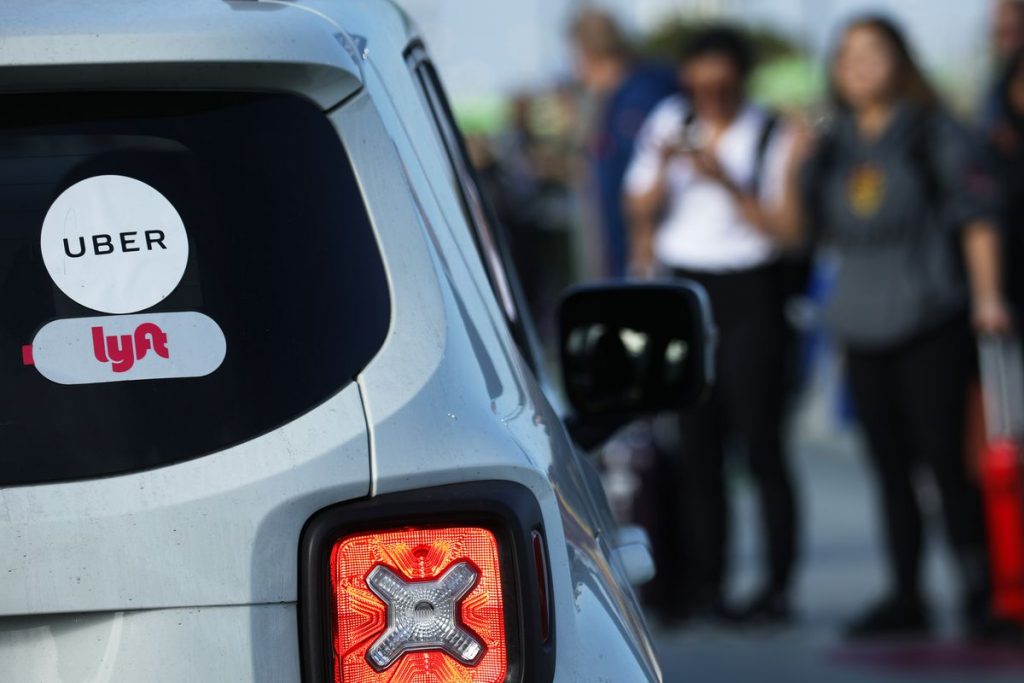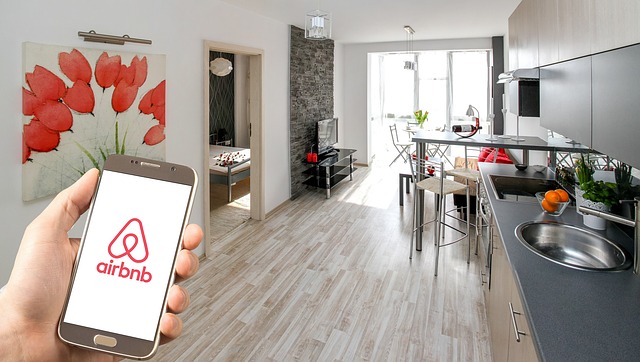What exactly is the gig economy? This is a fast-growing area of the economy. It’s a concept where a worker is paid a fixed amount for the time they are engaged in the job, usually at the minimum wage level.
It works by dividing a worker’s skills into microtasks. For example, if a landscaper is employed to clean a property, he or she would be divided into eight microtasks. Each task will be assigned to an hourly rate based on the landscaper’s skill level. Upon completion, the customer can then rate the worker based on their performance and results.

Uber and Lyft are two services in the gig economy. These are peer-to-peer applications that work more like a cab service than a traditional company. A user, who has signed up for either service can request a ride from a driver and have it arrive at their destination at a set price.
The sharing economy, which is very much part of the gig economy, is a way for individuals to use the skills and talents of others to help them meet their needs for different purposes. Shared driving can be a way for people to access transportation at a low cost and use the skills of others to help them meet this need.

Another section of the sharing economy is property sharing such as Airbnb. This app connects property owners with people looking for somewhere to stay. Hotels are no longer the only option for lodging when traveling. Airbnb gives the user options of using the hosts’ entire apartment or house or just a bedroom with access to the main parts of the house.
Airbnb gives owners an opportunity to earn income from a property they own. They can offer their entire house on the app or just bedrooms. It also gives real estate investors an alternative to leasing. Click To TweetGig workers are treated as independent contractors so they pay their own taxes. This means they have to keep track of all their expenses related to the business. This is the side of the gig economy that is more complicated than being an employee.
Many people are looking for ways to have a “second income” so that they can help with household expenses, provide assistance around the house, or help a sick relative. This way they can earn a second income that can help supplement their current income and add another way to help them make ends meet. On the other hand, some people use this opportunity to take time off and enjoy life more.
The gig economy is empowerment. This new business paradigm empowers individuals to better shape their own destiny and leverage their existing assets to their benefit.
John McAfee
Another type of employee that comes from the sharing economy is that of the sole proprietor. These entrepreneurs often work full-time and earn extra money with their own businesses. They use the gig economy to supplement their income. However, like most other businesses, sole proprietors may also face stiff competition in the marketplace.
The sharing economy is a growing trend in the economic landscape. There are many benefits to using the gig economy as a form of supplemental income. These include flexibility, monetary savings, freedom to work where and when you want and earning extra income.






